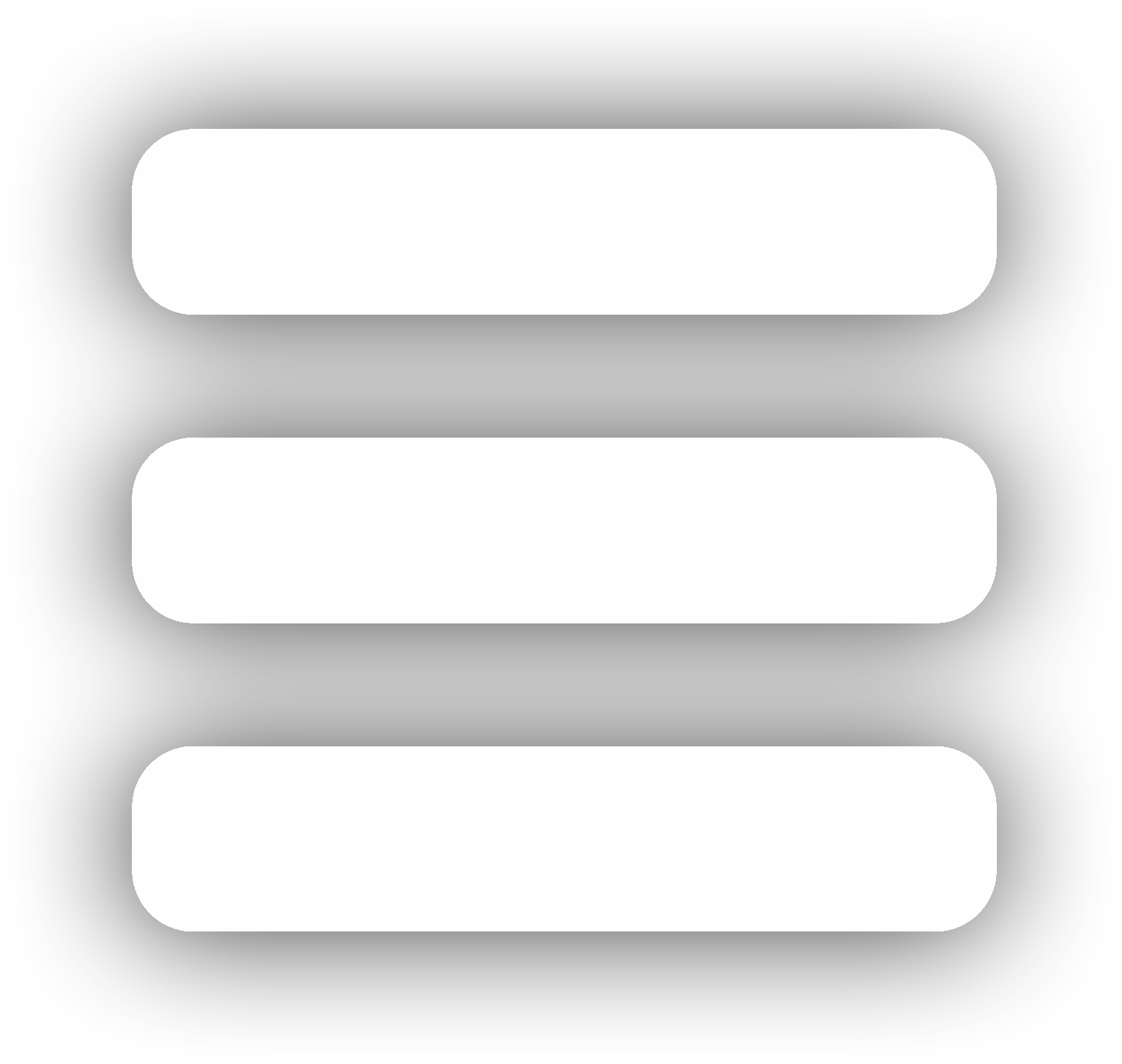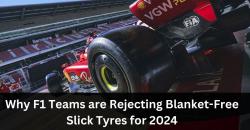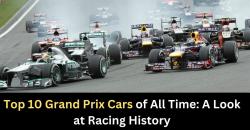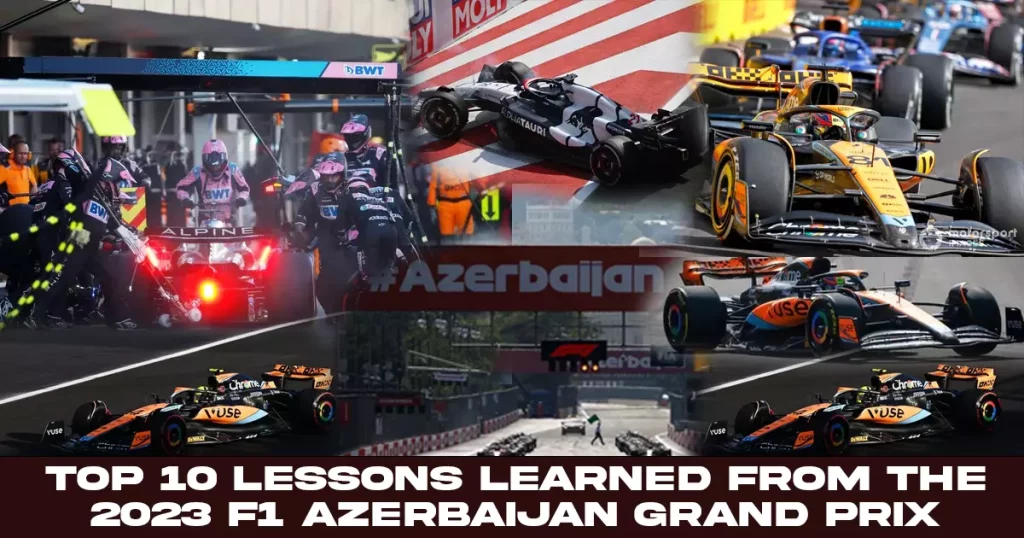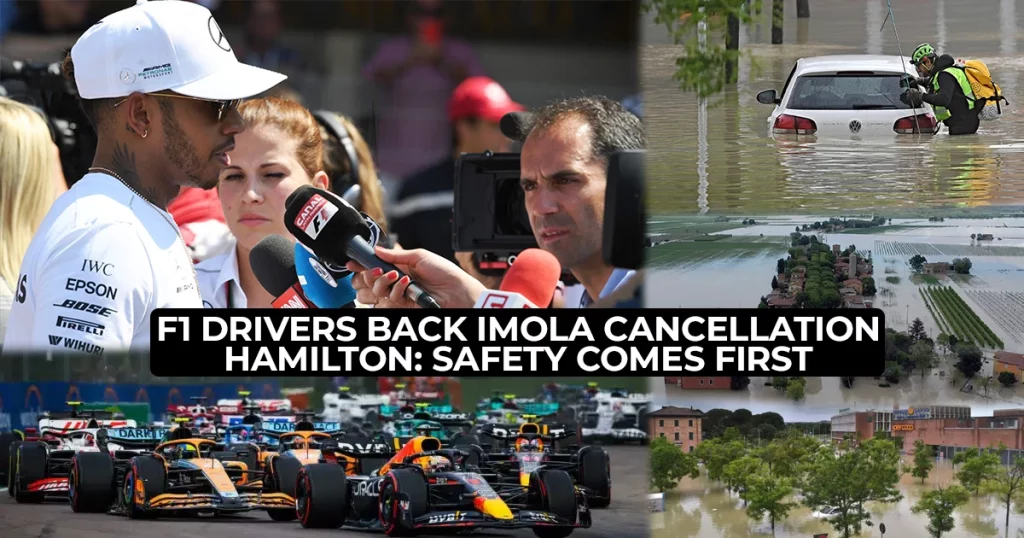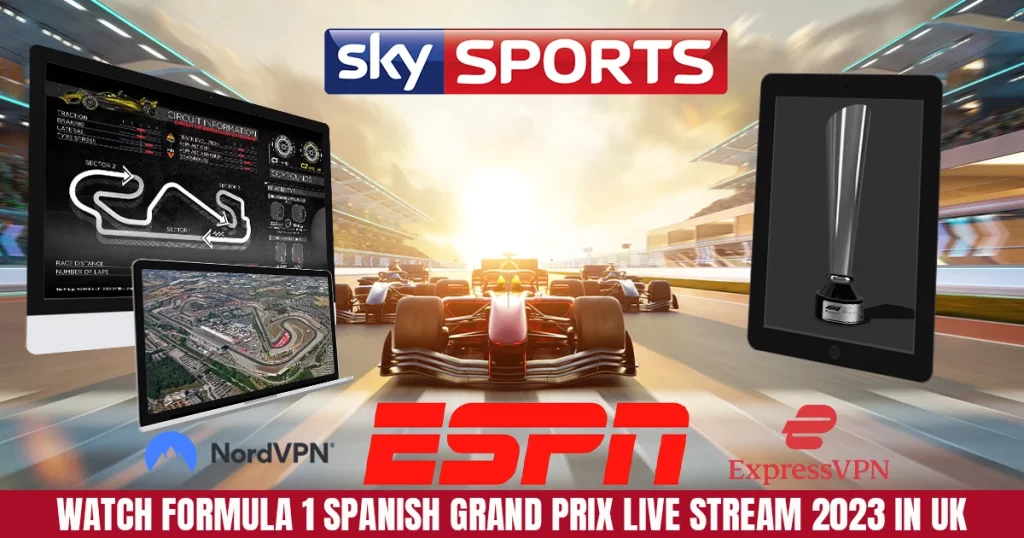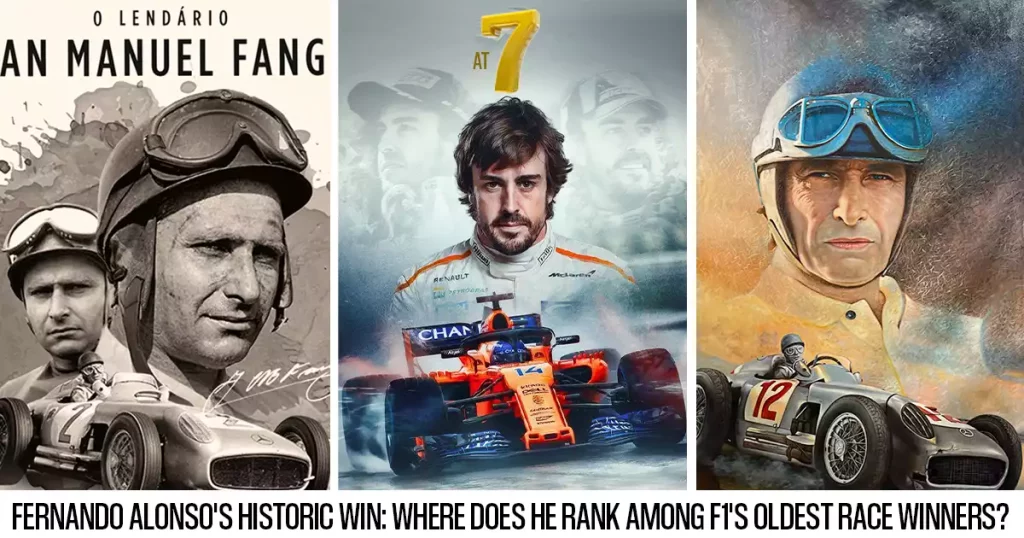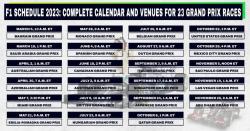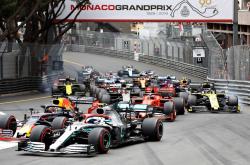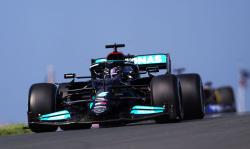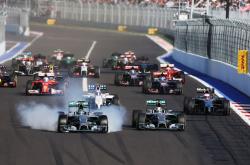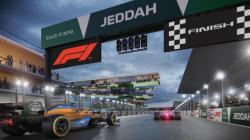F1 Streams
F1 STREAMS
Understanding the New F1 Qualifying Format
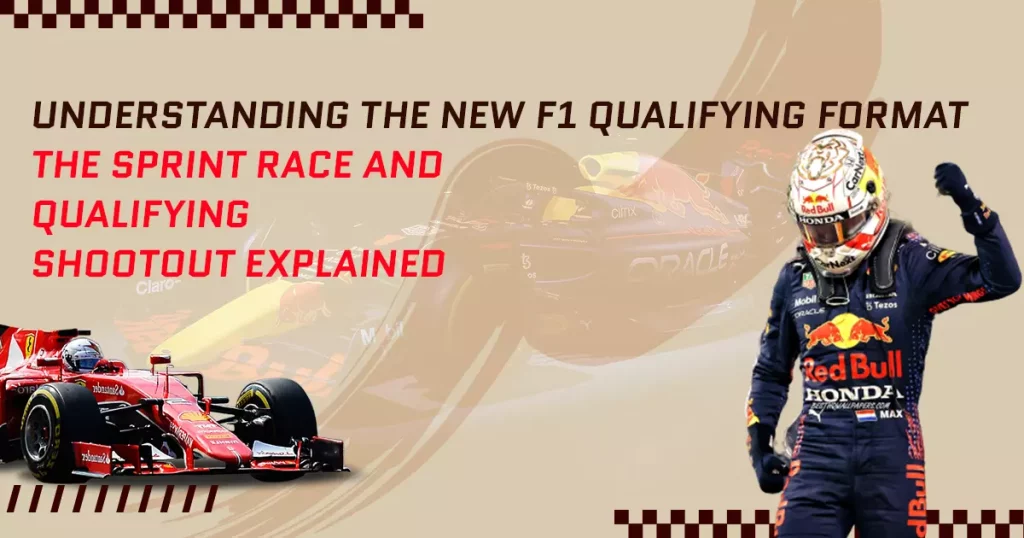
Guess what's returning once again? It's F1 Sprint, but there will be six of them in 2023, beginning with this weekend's Azerbaijan Grand Prix at the Baku Street Circuit, and the structure has been somewhat changed to improve the presentation. The winner receives eight points, and P8 receives one point. For their respective championships, drivers and teams both receive points. This is where things have slightly changed for 2023.
Changes to F1 Sprint Format 2023
F1 Sprint, now in its third season, is a 100km race to the finish line. There are no rest stops (unless you're unlucky enough to need to dive in for repairs). F1 Sprint is similar to a Twenty20 cricket match, prioritising attacking. Last year's qualifying determined the grid for the F1 Sprint, and the result of that race determined the field for Sunday's championship Grand Prix.
There will be two qualifying rounds for 2023. The grid for Sunday will be decided during the first session, which will still happen on Friday. On Saturday morning, a second, shorter qualifying session will take place in place of the second one-hour practice session to determine the starting lineup for the Sprint. The Sprint Shootout will be the name of this event.
Each section is condensed which mean that Q1 will last 12 minutes, followed by Q2 and Q3 each lasting 10 minutes. Seven-minute intervals will be used between each. Each phase requires brand-new tyres, with mediums for Q1 and Q2 and softs for Q3. In Q1, drivers will be given enough time for two runs, each of which might be followed by a pit stop. Two timed laps are still feasible in Q2 and Q3, but they won't have enough time to stop for new tyres due to the shorter time limits.
A glitch or incident in the Sprint does not jeopardise the entire weekend because Saturday is now basically a standalone event, where the Sprint Shootout and F1 Sprint do not affect the Grand Prix, which in theory should push drivers to compete aggressively in order to push more in the sprint.
What else has changed?
Parc ferme regulations require teams to make all major car configuration decisions the day before qualifying. So, FP2 on a Sprint weekend is often considered worthless. Furthermore, because of the close proximity to the F1 Sprint, which determined the grid for the race on Sunday last year, drivers didn't venture out much during that session.
Teams now get one hour of practice time to gather data, make adjustments to setups, comprehend the tyres and polish their vehicles in preparation for the next race weekend. Due to this, FP1—which will take place on Friday before Grand Prix qualifying—should become significantly livelier and more significant.
Description of the new format's operation
| Day | Session | Format | Outcome |
|---|---|---|---|
| Friday | Qualifying Shootout | One hour session with infinite laps | It determines the starting grid for Saturday's sprint race |
| Saturday | Sprint Race | Shorter race (100km) | creates the starting lineup for Sunday's main race and distributes points to the top three finishers (three for first, two for second, and one for third). |
| Sunday | Main Race | Full race distance | It determines the finale race results and championship points |
A new qualifying format was implemented by Formula One in 2021. It consists of a sprint race on Saturday and a "qualifying shootout" on Friday. The starting order for the sprint race is decided by the drivers' performance in a traditional qualifying shootout on Friday. There is only one qualifying session rather than the customary three rounds. This is referred to as the "qualifying shootout."
The qualifying shootout features all 20 drivers and lasts for 60 minutes. Throughout the session, the drivers can run whenever they want and have an unlimited number of laps. The conclusion of the 60-minute period decides the starting lineup for the sprint race. With the driver who finished fastest on the pole and the remainder of the grid following in order of their finishing times.
Sprint Race on Saturday
The sprint race is held on Saturday, In comparison to the Sunday main event. The sprint race can be up to 100 kilometres long, or around one-third the duration of the main race, depending on the course. The outcomes of the Friday qualifying shootout determine the starting lineup for the sprint race. With a small twist, the top three finishers in the sprint race receive points. The winner receives three points, the runner-up receives two points, and so on.
The outcomes of the Friday qualifying shootout determine the starting lineup for the sprint race. There is a tiny variation, though: the sprint race's top three finishers receive points. With the winner earning three, the runner-up receiving two, and the third-place finisher receiving one.
Sunday Race
The starting grid for the Sunday race, is commonly referred to as the main event. It is established based on the outcomes of the Saturday sprint race. The Sunday race is the same duration as it was prior to the implementation of the new format.
The new format's primary objective is to increase the weekend's level of excitement and unpredictability. With the inclusion of a sprint race, drivers will have more opportunities to pass other cars. Also, to advance in the standings, the bonus points offered to the top three finishers will provide them with extra motivation to do well on Saturday. Overall, both teams and fans have praised the new qualifying system, and it will be interesting to see how it develops over the years.
How will the 2023 modifications to the sprint race impact F1 competition?
Drivers may be motivated to fight more ferociously because there are fewer points on the line in the sprint (the winner receives nine instead of 25 in the grand prix). Also, they won't have to worry about their mistakes having an impact on the grand prix the following day. In contrast, this hasn't been the case in MotoGP, which also uses a standalone sprint structure. It appears that the danger of harm or injury as well as the tiny additional incentive of one point per position have served to stifle competition.
The previous version had its fair share of procession races; while the 2022 Emilia Romagna GP sprint produced little pyrotechnics. The sprint at Interlagos prior to the So Paulo Grand Prix more than made up for it with George Russell's dominant victory in his maiden race. The reduction in practise time from two sessions on the sprint weekends of last year to one might be just as significant as the change in qualifying. Teams will have less time to fine-tune setups, run simulations, and guarantee that drivers are acclimated.
The option for drivers to recover from subpar qualifying sessions is gone with the new structure. Fernando Alonso stood out in 2021, moving up from 11th to fifth with his customary explosive effort. Lewis Hamilton pulled himself up from last to sixth place later in the year.
Additionally, the awkward connection that existed between qualifying and the grand prix in the previous sprint format is gone thanks to the change. Now, the driver who qualified fastest on Friday is declared the pole-sitter and begins at the front of Sunday's grand prix.
Formula1 sprint race qualifying rules 2023
The major adjustment for 2023 is that sprint races now have a separate qualifying session and are no longer used to determine the starting lineup for the grand prix. While the format of GP qualifying remains the same. But it is now held on a Friday, the sprint shootout' is held on a Saturday morning and promises faster action and shorter session times.
| Grand Prix qualifying on Friday | Saturday qualifying for the sprint shootout | |||
| Session | Drivers eliminated | Session | ||
| Q1 | 5 slowest | SQ1 | ||
| Q2 | 5 slowest | SQ2 | ||
| Q3 | n/a | SQ3 | ||
Which F1 driver wins the opening position during sprint race weekends?
The fastest driver in Friday qualifying will receive the pole position and will start first on the starting grid for the grand prix (penalties permitted), according to the record books. It implies that after two awkward years, pole-sitter confusion should be eliminated in 2023.
It was unpopular to eliminate acknowledgement of the all-or-nothing qualifying laps. That highlights the courage and dedication of drivers when the pole position was first given to the sprint race winner in 2021. That was changed in 2022 so that the pole-sitter was the fastest qualifier. However, they wouldn't start at the front of the grand prix if they lost in the sprint.
When will sprint races have penalties?
The race will take into account penalties from the first practice session or Friday qualifying. But the grid penalty for drivers who receive it in the Saturday sprint shootout will be taken into account for the sprint race. If drivers receive grid penalties during the sprint race, the penalties will be carried over to the race the next day. Only the grand prix will be subject to power unit penalties.
